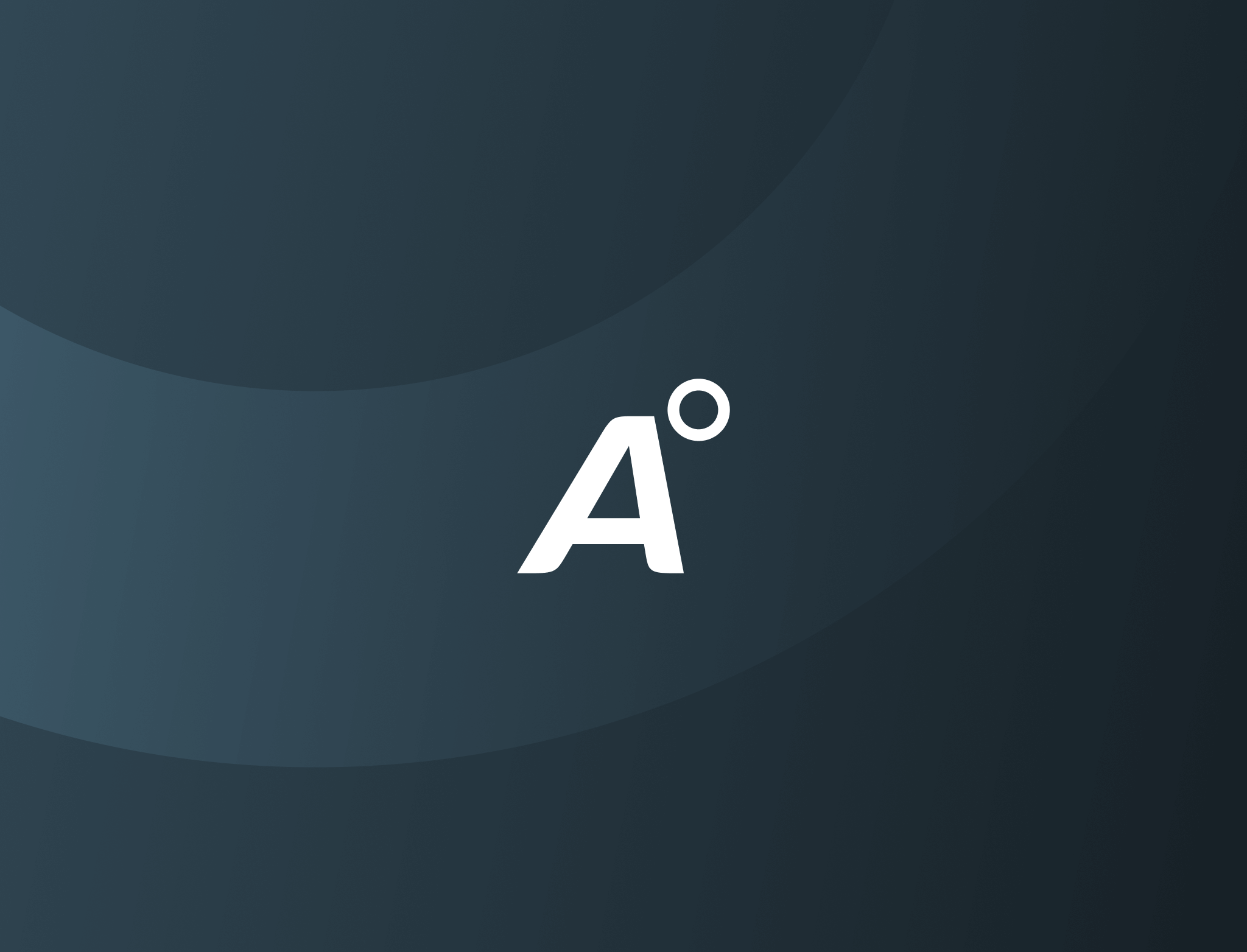Architects William Pereira & Associates chose the pyramid shape not just for its unusual look but also to meet a specific need: a pyramid casts a smaller shadow than a conventional high-rise building, allowing more light to filter to the streets below. At the time, that met the requirements of a special “shadow ordinance” in this foggy city on the bay. The building’s cutting-edge tradition continues today: upgrades and retrofits have earned a LEED® Gold certification for the Transamerica Pyramid. And a recent upgrade to one section of the building’s HVAC system is equally inventive.
The aging air-handler fans serving floors one to 18 of the building required continual maintenance because of their age. Building management sought a replacement that would cause minimal disruption to tenants, simplify and reduce costs for installation in the existing mechanical space and contribute to energy efficiency and redundant operation. Replacing the old housed fan with a new one was quickly ruled out. It would have required extensive demolition and reconstruction and disrupted tenants.
Instead, AEGON opted to replace the old fan with FANWALL TECHNOLOGY®, a modular fan system introduced in 2004 by Huntair, Inc., a CES Group company. The multiple fans generate the 202,000 cfm required, but the modular design allows individual fan cubes to be navigated through the building and 3-foot doorways and stacked in place. The resulting system is more energy-efficient and quieter than the existing huge fan, while also providing redundancy.
